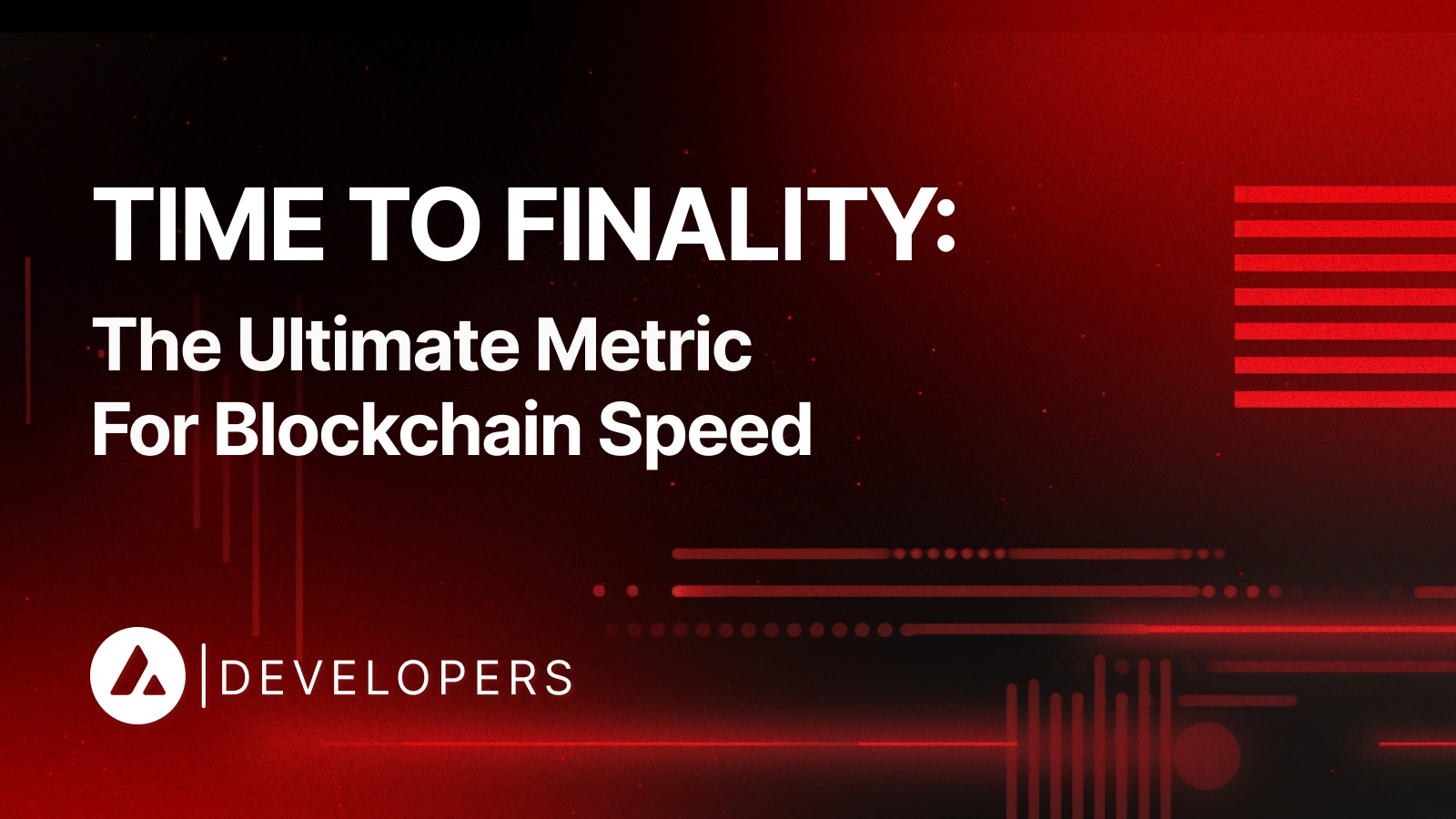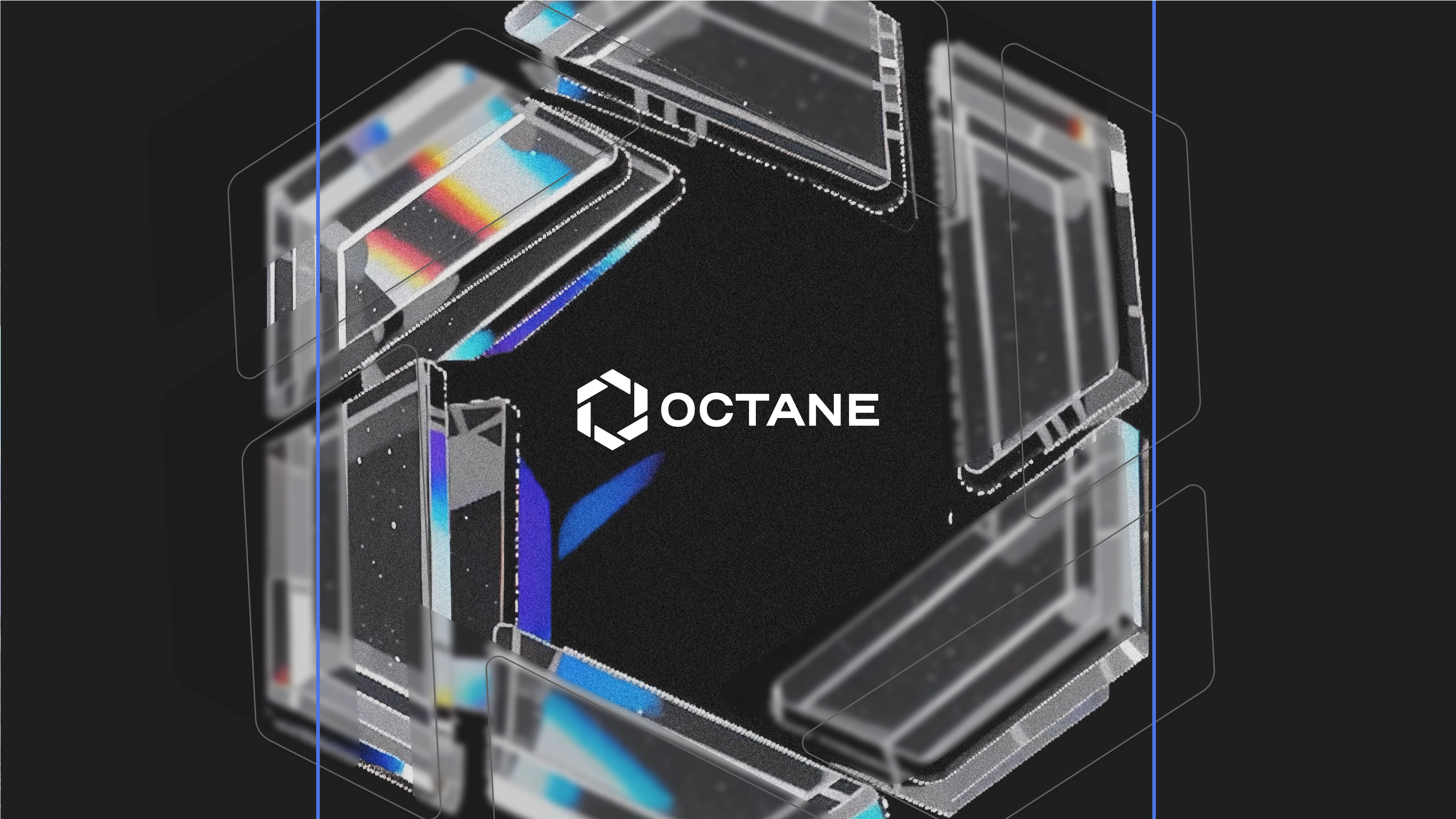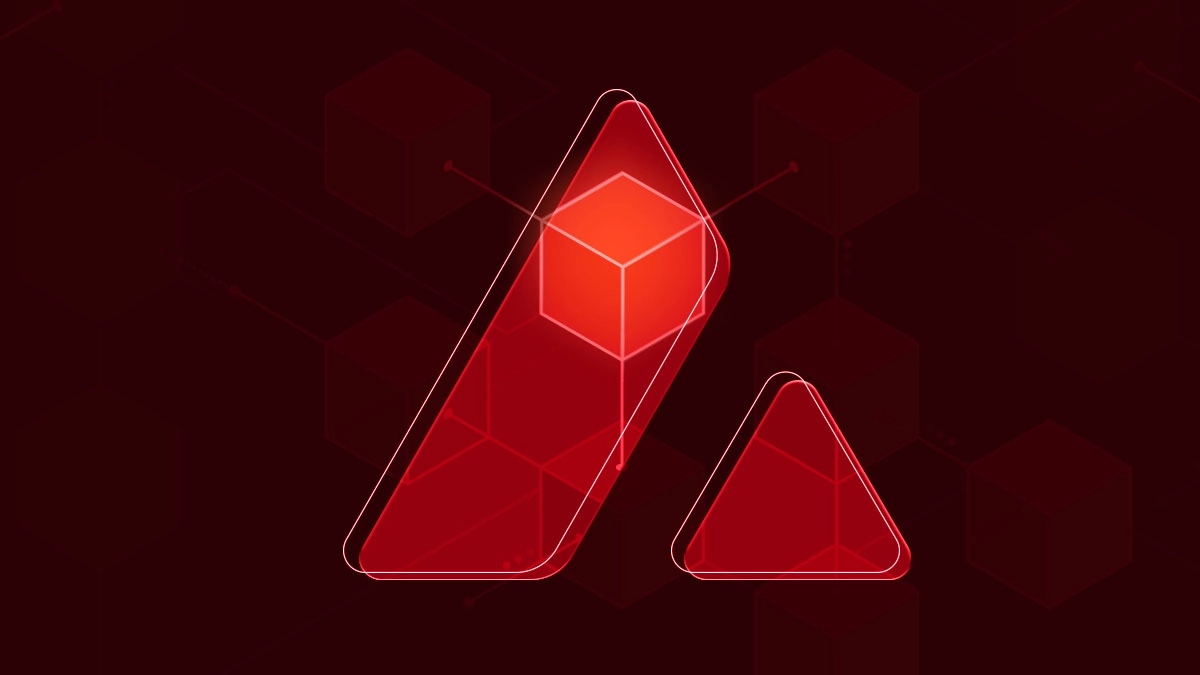Time to Finality (TTF): The Ultimate Metric for Blockchain Speed
Time to Finality (TTF): The Ultimate Metric for Blockchain Speed
Sep 13, 2023 / By Avalanche / 10 Minute Read

Time to finality (TTF) , a metric offering a more holistic view of blockchain speed and efficiency.
Time to Finality (TTF): The Ultimate Metric for Blockchain Speed
When determining the efficiency and effectiveness of a blockchain platform, certain key metrics play a pivotal role, and transactions per second (TPS) has been the go-to metric for gauging blockchain speed. However, TPS is not the most accurate or comprehensive measure of a blockchain’s speed.
Introducing Time to finality (TTF) , a metric offering a more holistic view of blockchain speed and efficiency.
Why TPS Falls Short: The Limits of Relying Solely on TPS
Measuring a blockchain’s performance based on its TPS is similar to assessing a computer's performance solely based on its CPU clock rate. It ignores other critical components contributing to overall performance. For blockchains, factors like network latency, block propagation time, and the size of the transaction pool can significantly impact performance. A high TPS might mask inefficiencies in these areas, leading to an incomplete understanding of the system’s capabilities.
Throughput vs. Latency: While TPS measures the throughput (volume of transactions processed), it doesn’t account for latency (the time taken for a single transaction to be processed and finalized). A blockchain might process a large batch of transactions quickly (high TPS) but still take a significant amount of time to finalize individual transactions due to network latency.
Block Propagation Time: Even if a blockchain can process transactions rapidly, the time taken for these transactions to be propagated across all nodes (block propagation time) can vary. If blocks take longer to propagate to the majority of nodes, it can lead to forks and potential double-spending issues — a high TPS doesn’t necessarily reflect the efficiency of block propagation.
A blockchain might boast a high TPS, but if it doesn’t handle network congestion well, transactions can get delayed, waiting for inclusion in a block. Additionally, if the system uses gas fees to prioritize transactions, users might face exorbitant costs during peak times, negating the benefits of high TPS.
Transaction Pool Dynamics: The transaction pool (or mempool) is where pending transactions wait to be added to a block. A high TPS might suggest rapid processing, but if the mempool is consistently congested, it indicates that many transactions are waiting for confirmation which can lead to increased transaction fees and unpredictable confirmation times.
Overshadowing Other Metrics: Focusing primarily on TPS can overshadow other crucial metrics like security, decentralization, and finality. For instance, a blockchain might achieve high TPS by reducing the number of validators or using a simpler consensus mechanism, but this could compromise its security and decentralization.
TPS Variability Across Blockchains: TPS should not be directly compared between different blockchains, as the way transactions are processed and counted can vary significantly. For instance, Blockchain A may process 2 million gas per second and achieve 50 TPS, while Blockchain B with the same gas throughput achieves "only" 10 TPS. This difference can be attributed to their transaction types and complexity. Blockchain A might primarily involve simple wallet-to-wallet transactions with low gas consumption, while Blockchain B may handle more resource-intensive smart contracts. Thus, comparing TPS alone can be misleading when evaluating blockchain performance.
In essence, while TPS is a valuable metric, it only provides a partial view of a blockchain’s performance and reliability.
To illustrate, consider a high-frequency trading platform built on a blockchain. Even if this blockchain can process tens of thousands of trades per second (high TPS), if it takes hours for each trade to be finalized, the platform becomes impractical and traders would be left in a state of uncertainty, unsure if their trades were truly complete — leading to potential market inefficiencies and lost opportunities.
The Comprehensive Nature of TTF
A blockchain is complex and the need for a metric that holistically captures the essence of a platform’s speed is very important. TTF has emerged is this metric, offering a more nuanced view into blockchain performance.
Unlike TPS, which merely measures the velocity of transactions, TTF captures the intricacies of transaction finality. It’s not just about the speed of processing but the time required to reach a state where a transaction is irreversible and finalized. This is vital in real-world scenarios where the assurance of a transaction’s permanence is as crucial, if not more so, than its processing speed. For example, in financial systems, a delay in finality can lead to operational inefficiencies or even financial losses.
The decentralized nature of blockchains adds another layer of complexity. Multiple nodes participate in the validation process, and achieving consensus isn’t just about speed, it involves coordination, communication, and agreement among these nodes. TTF inherently factors into the efficiency of this consensus process . A short TTF indicates not just rapid transaction processing but also a swift and effective consensus mechanism. This includes considerations like network latency, bandwidth, and the design of the gossip protocol, all of which influence how quickly nodes can communicate and reach consensus.
TTF also serves as a measure of a blockchain’s reliability. A shorter TTF means that users can trust the system to finalize their transactions quickly, reducing uncertainties. This trust is invaluable in sectors like finance, where transactional certainty can have significant monetary implications as it reflects the system’s ability to quickly settle disputes and reach a final state, adding a layer of security and resilience against potential attacks like double-spending or forks.
Different blockchain applications have varying requirements, and TTF’s adaptability makes it a versatile metric. While some applications might prioritize sheer transactional speed, others might emphasize the importance of quick finality. TTF can be tailored to specific use cases, making it adaptable to a wide range of scenarios, from settling financial trades to confirming supply chain movements or validating digital identities.
The Benefits of Near-Instant Finality in Real-World Scenarios
The theoretical advantages of blockchain technology are large, but it’s in real-world applications where these benefits are truly illustrated. One of the most critical aspects that has a direct impact on practical implementations is the concept of transaction finality, especially when it’s achieved near-instantaneously.
Let’s delve into examples:
Financial Markets and High-Frequency Trading: High-frequency trading platforms execute millions of trades in fractions of a second. In such environments, even a slight delay in confirming the finality of a transaction can lead to drastic shifts in market positions. Near-instant finality ensures that trades are not just executed rapidly but are also confirmed and irreversible almost immediately, which reduces the risk of trade disputes & enhances market efficiency.
Supply Chain Efficiency: Modern supply chains are intricate networks of producers, suppliers, transporters, and consumers. A single product might cross multiple borders and change hands numerous times before reaching the end consumer. In such a complex system , delays in verifying the authenticity or status of a product can lead to bottlenecks. Near-instant finality ensures that every transactional update is verified and recorded promptly. This not only speeds up the entire supply process but enhances transparency and trust among all parties involved.
Smart Contracts and Automated Systems: As industries move toward automation, smart contracts on blockchains are becoming increasingly prevalent. These self-executing contracts operate based on predefined rules and triggers. For these automated systems to function smoothly, they require a blockchain environment where transaction outcomes are determined swiftly. Near-instant finality ensures that once conditions are met, the smart contract executes without unnecessary delays, making automation more reliable and efficient.
Cross-border Transactions: Traditional cross-border transactions can be time-consuming, sometimes taking days to finalize. Blockchains with near-instant finality can revolutionize this space, ensuring that international transactions are not only secure but confirmed in record time, fostering global trade and cooperation.
Consumer Confidence: For everyday consumers, the assurance of near-instant finality means that when they make a purchase or transfer on a blockchain-based platform, they don’t have to wait in uncertainty. This boosts user experience and trust in decentralized systems.
As the world becomes more interconnected, the demand for efficient, transparent, and rapid transactional systems grows. Near-instant finality in blockchains isn’t just a technical advantage , it’s a game-changer that could reshape industries, making them more agile, transparent, and user-centric.
Avalanche’s Sub-Second Finality
Avalanche stands out in the crowded blockchain space, not just because of its innovative approach with Subnets but due to it having the ability to achieve finality in under 1 second.
To truly appreciate how Avalanche achieves finality in under 1 second, we need to understand Avalanche’s underlying consensus mechanism, it’s essential to dissect its components and understand the underlying principles:
Random Sub-sampling: Unlike classical consensus, where every validator must agree on the state, or Nakamoto consensus, where miners compete to solve a cryptographic puzzle, Avalanche introduces the concept of random sub-sampling. Instead of every validator participating in the validation of every transaction (which can be resource-intensive), Avalanche randomly selects a subset of validators for each transaction — which ensures that consensus can be reached in about one second without compromising on security, making it more scalable and efficient.
Probabilistic Consensus: Traditional consensus mechanisms like classical and Nakamoto aim for absolute certainty, which can be time-consuming where Avalanche, on the other hand, operates on a probabilistic model. As transactions are validated by the randomly chosen subsets of validators, the probability of a transaction being finalized increases with each validation and after several such validations — the transaction achieves a high enough probability of correctness that it’s considered finalized. This approach allows Avalanche to achieve finality without waiting for the entire network’s absolute agreement, setting it apart from the deterministic nature of classical and Nakamoto consensus.
Gossip Protocol for Rapid Information Dissemination: While classical consensus relies on a structured communication process and Nakamoto consensus depends on the propagation of mined blocks, Avalanche uses a gossip-style protocol for nodes to communicate with each other. When a node receives a transaction, it quickly and efficiently spreads the information to its peers; this rapid dissemination ensures that the entire network becomes aware of transactions in a short time, facilitating quicker consensus, and enhancing network responsiveness.
Adaptive Corruption Resistance: Avalanche’s consensus is designed to be resilient, a feature not inherently present in classical or Nakamoto consensus. Even if a portion of the network’s validators act maliciously or are compromised, the system can adapt and continue to function correctly; this resilience is achieved through its random sub-sampling and iterative validation processes, ensuring that malicious actors can’t easily predict or influence the consensus outcome.
In essence, Avalanche has the fastest TTF of any L1 blockchain. This sets it apart from many other blockchain systems that have much slower TTFs by offering a more dynamic, scalable, and responsive solution. For developers and users alike, this means a blockchain platform that’s both robust and incredibly responsive, catering to the demands of modern decentralized applications.
TTF and the Future of Blockchain has long been the standard bearer, offering insights into a blockchain’s raw processing power, it’s akin to judging an iceberg by only its visible tip. Beneath the surface, factors like security, decentralization, and finality play pivotal roles in determining a platform’s real-world viability . This is where TTF shines, offering a more comprehensive view.
For developers:
TTF allows developers to gauge not just how fast transactions are processed, but also how quickly they’re irrevocably confirmed. This dual insight is invaluable when designing applications that require both speed and certainty.
With TTF as a guiding metric, developers can better predict the behavior of their applications on a blockchain. A consistent and short TTF means applications can operate smoothly, without unexpected delays that could degrade user experience.
As blockchain technology finds its way into diverse sectors, from finance to supply chain to healthcare, the real-world implications of metrics become even more pronounced. TTF, in particular, speaks directly to the practical challenges these industries face, such as the need for rapid, irreversible transactions.
Avalanche is at the forefront of this shift in perspective. By unlocking near-instant finality, it is not just pushing the boundaries of what’s technically possible, but also flexing to meet our global needs
———————————————.
Written by Usman Asim, DevRel at Ava Labs




